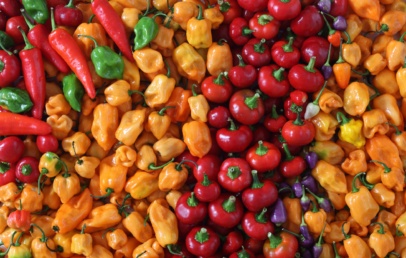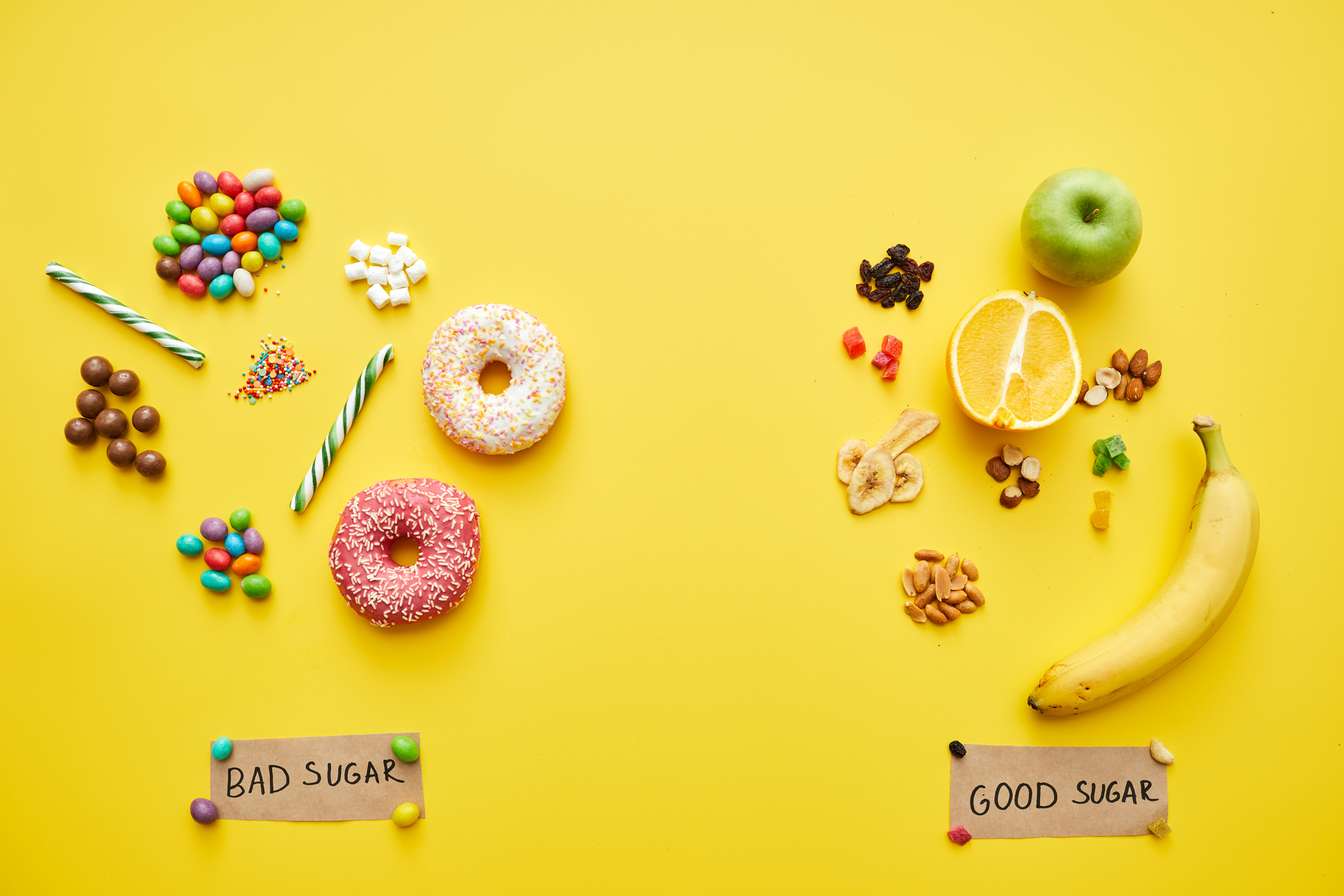
You’re on the right track if you want to cut back on added sugar in your diet. According to the International Food Information Council, cutting sugar consumption is one of the top three nutrition objectives for the world in 2025. And with good reason—too much sugar has been connected to inflammation, mood swings, poor gut health, and metabolic problems.
However, reducing sugar doesn’t mean sacrificing food’s taste, coziness, or enjoyment. The secret is to make clever, scientifically supported substitutions that satiate cravings without raising blood sugar levels or causing the typical post-sugar crash.
These 12 sugar-free alternatives are being used by nutritionists and health professionals at the moment, and they are all supported by behavioral psychology, nutritional science, or recent data.
1. Cinnamon or Vanilla in Coffee Instead of Sugar

According to a 2024 study published in Nutrition Research, adding vanilla extract or cinnamon to coffee may help increase insulin sensitivity in addition to improving flavor. Without using added sugar, these are calorie-free methods to achieve a warm, delicately sweet flavor. For a satisfying substitute, nutritionists suggest adding a quarter teaspoon of vanilla extract or sprinkling Ceylon cinnamon over your coffee or oat milk lattes.
2. Mashed Banana for Baked Goods
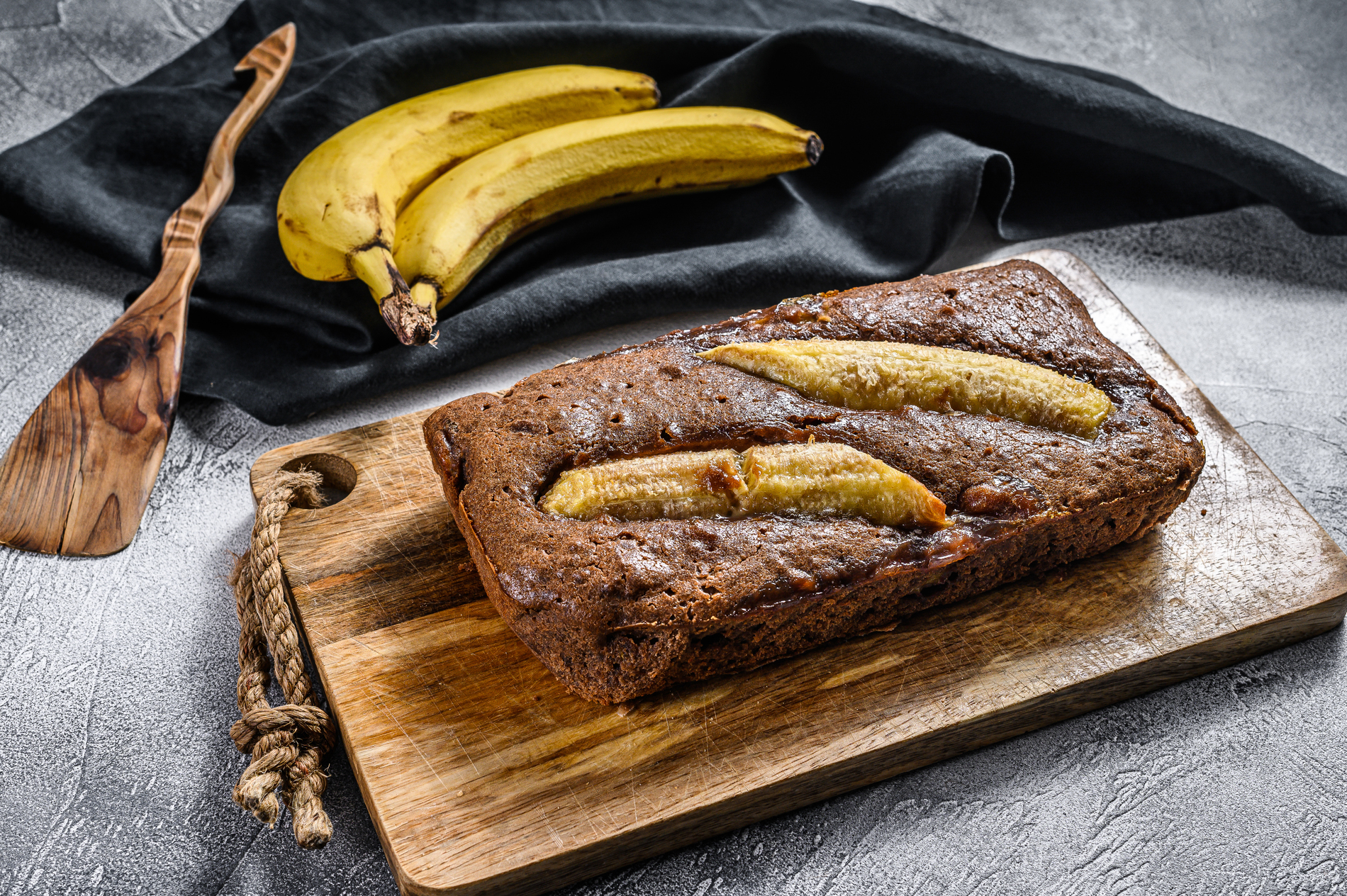
Particularly when combined with fiber and fat in a recipe, bananas are a great source of natural sugars like fructose that don’t raise blood sugar levels like refined sugar does. They also give baked goods more depth and moisture. Pancakes, muffins, and quick breads can all be made with mashed banana. Generally speaking, half a mashed banana can be used in many recipes in place of roughly a quarter cup of sugar.
3. Unsweetened Coconut Chips Instead of Candy
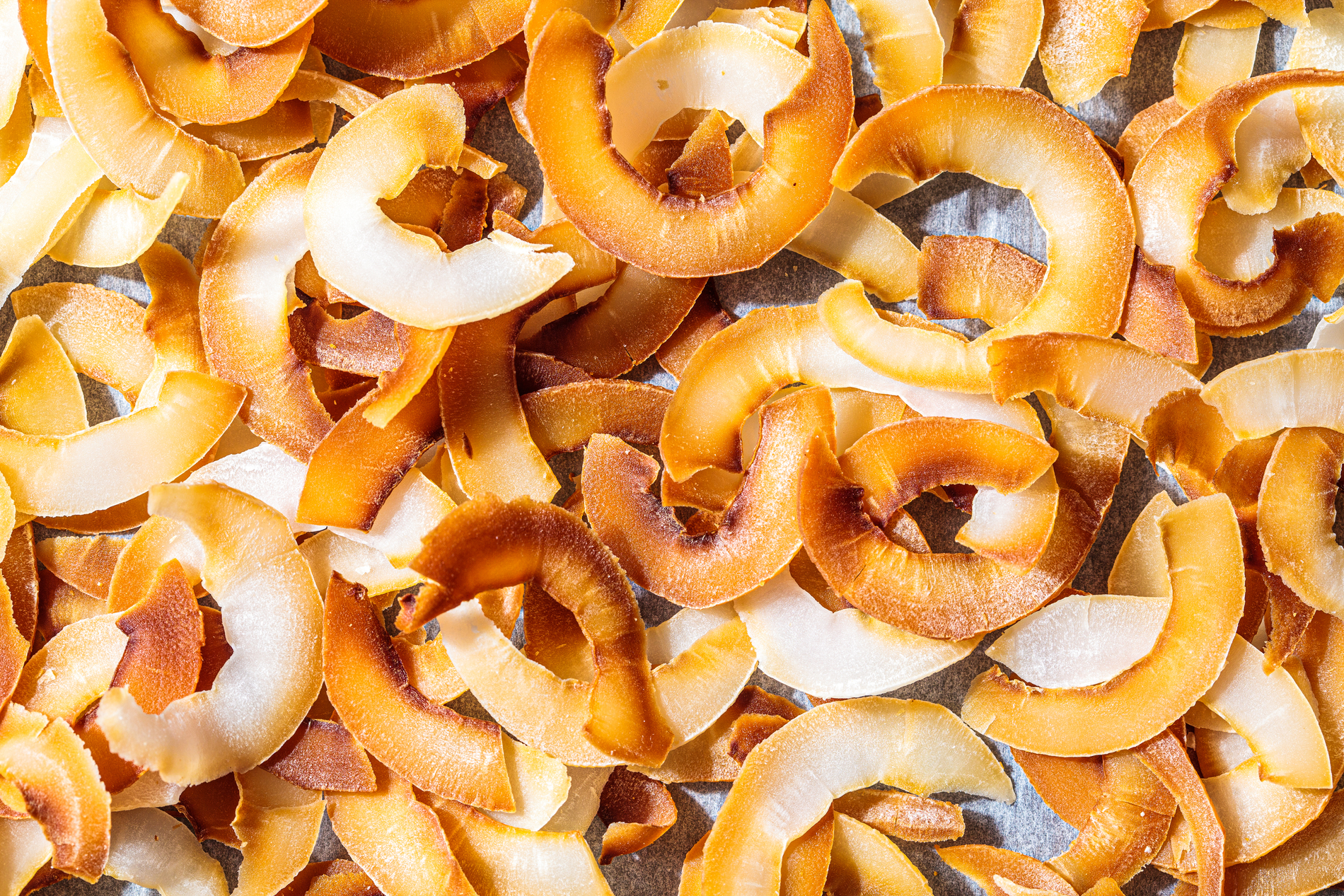
Many health professionals turn to unsweetened coconut chips to sate their cravings for something sweet and crunchy. In addition to naturally occurring sweetness, they contain healthy fats, especially medium-chain triglycerides (MCTs), which promote metabolism and long-lasting energy. Since many commercial coconut snacks are highly sweetened, look for packages that say “unsweetened.”
4. Fruit-Infused Water for Sugary Drinks
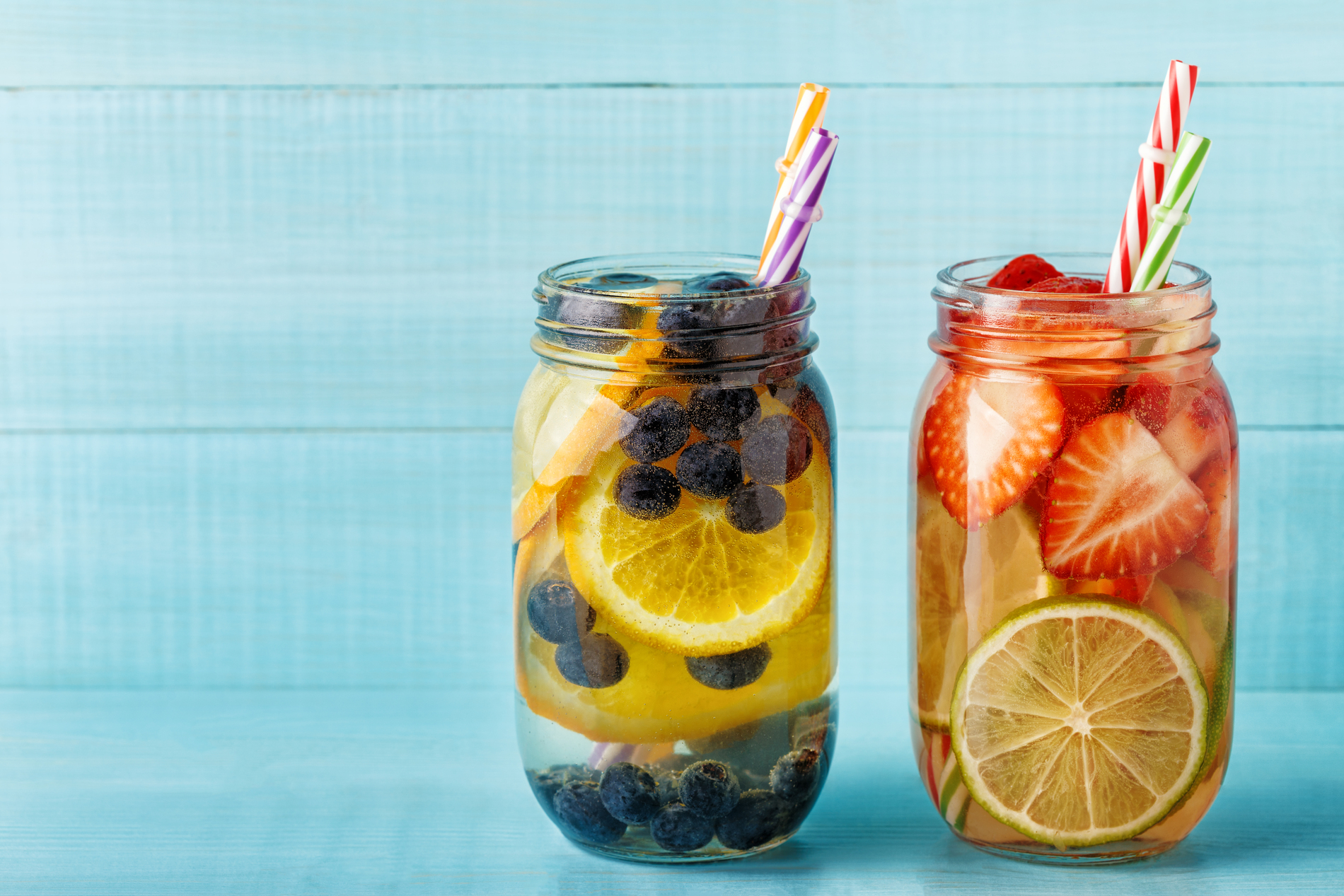
Nutritionists advise adding fresh fruits and herbs to water instead of soda or sugary teas. In addition to adding taste, this also makes you more hydrated, which has been connected to fewer cravings for sweets. Flavoring water naturally increases hydration compliance and reduces consumption of sugary beverages, according to a 2025 meta-review. Orange and ginger, cucumber and mint, and strawberry and basil are a few common pairings.
5. Frozen Berries Instead of Syrup
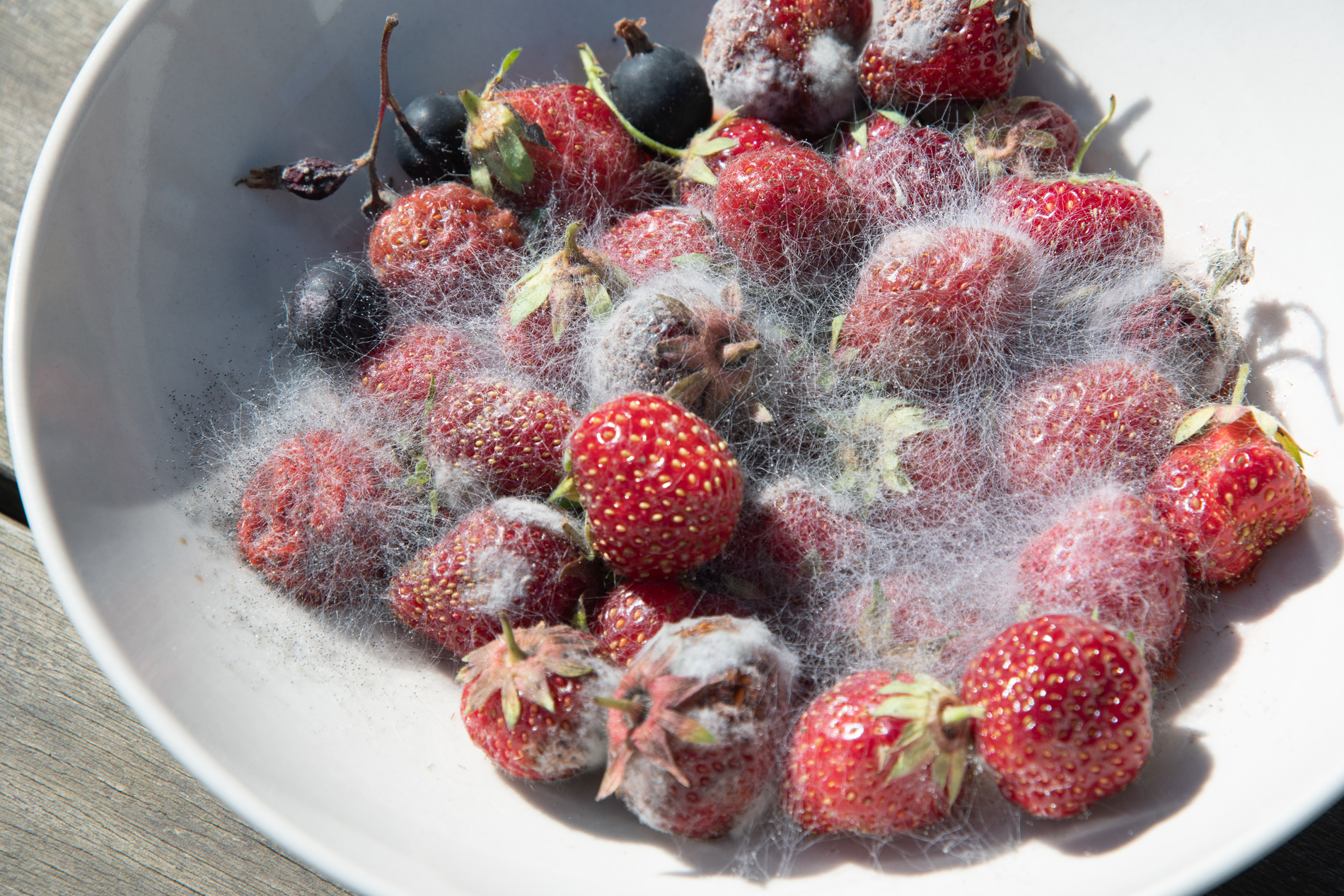
Berries are a sweet and wise choice because they are high in antioxidants and polyphenols. They transform into a syrupy consistency when heated and go well with oatmeal, yogurt, or pancakes. To make a naturally sweet topping without adding sugar, just microwave a handful of frozen berries for about 30 seconds.
6. Unsweetened Applesauce in Baking
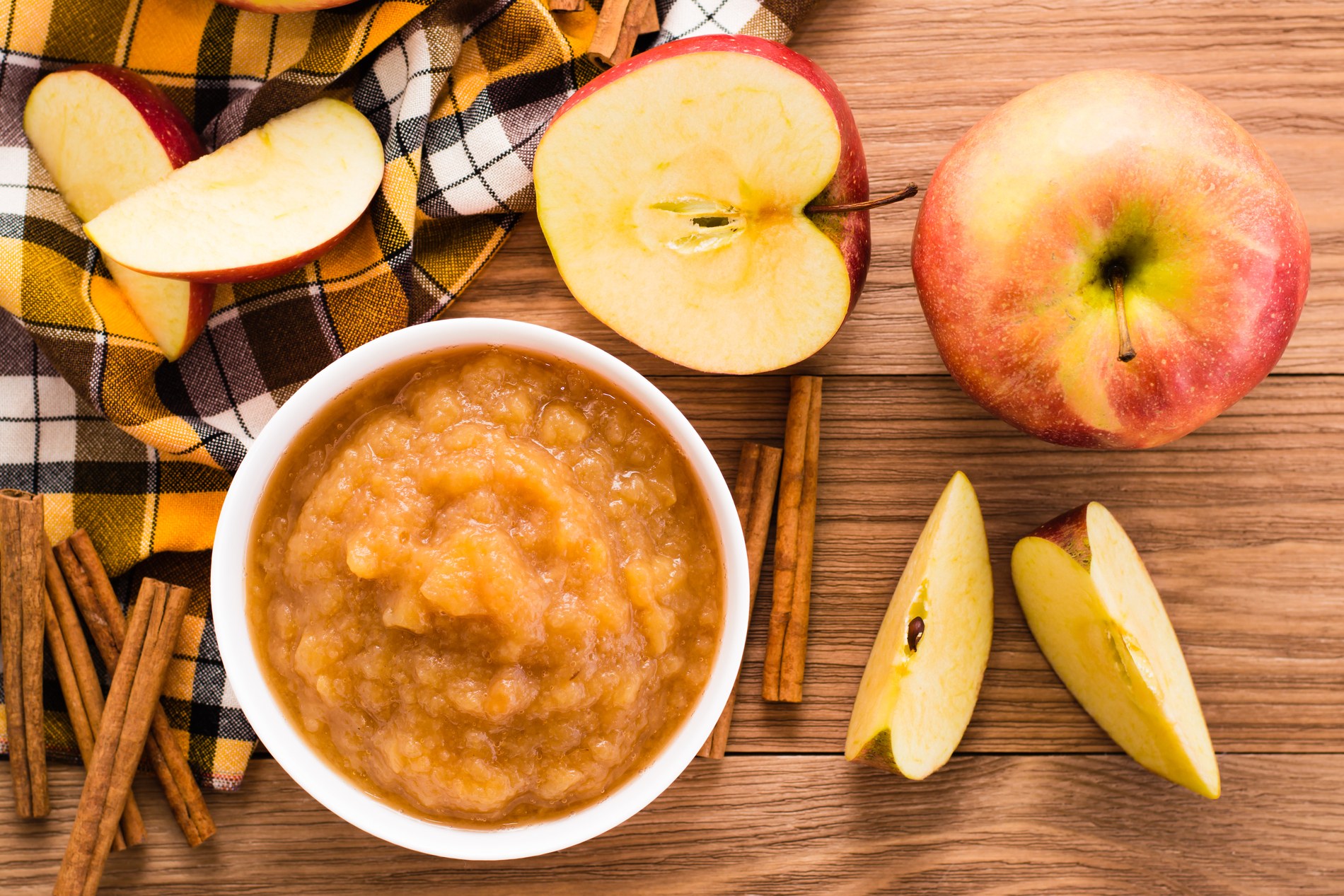
Applesauce is a traditional sugar substitute that retains pectin, a soluble fiber that slows the absorption of sugar, while adding moisture and natural sweetness. Use it to cut down on fat and replace sugar in cakes, muffins, and brownies. One cup of sugar is typically substituted for three-quarters of a cup of applesauce, and other liquids in the recipe are slightly reduced to preserve texture.
7. 70%+ Dark Chocolate for Sweet Cravings
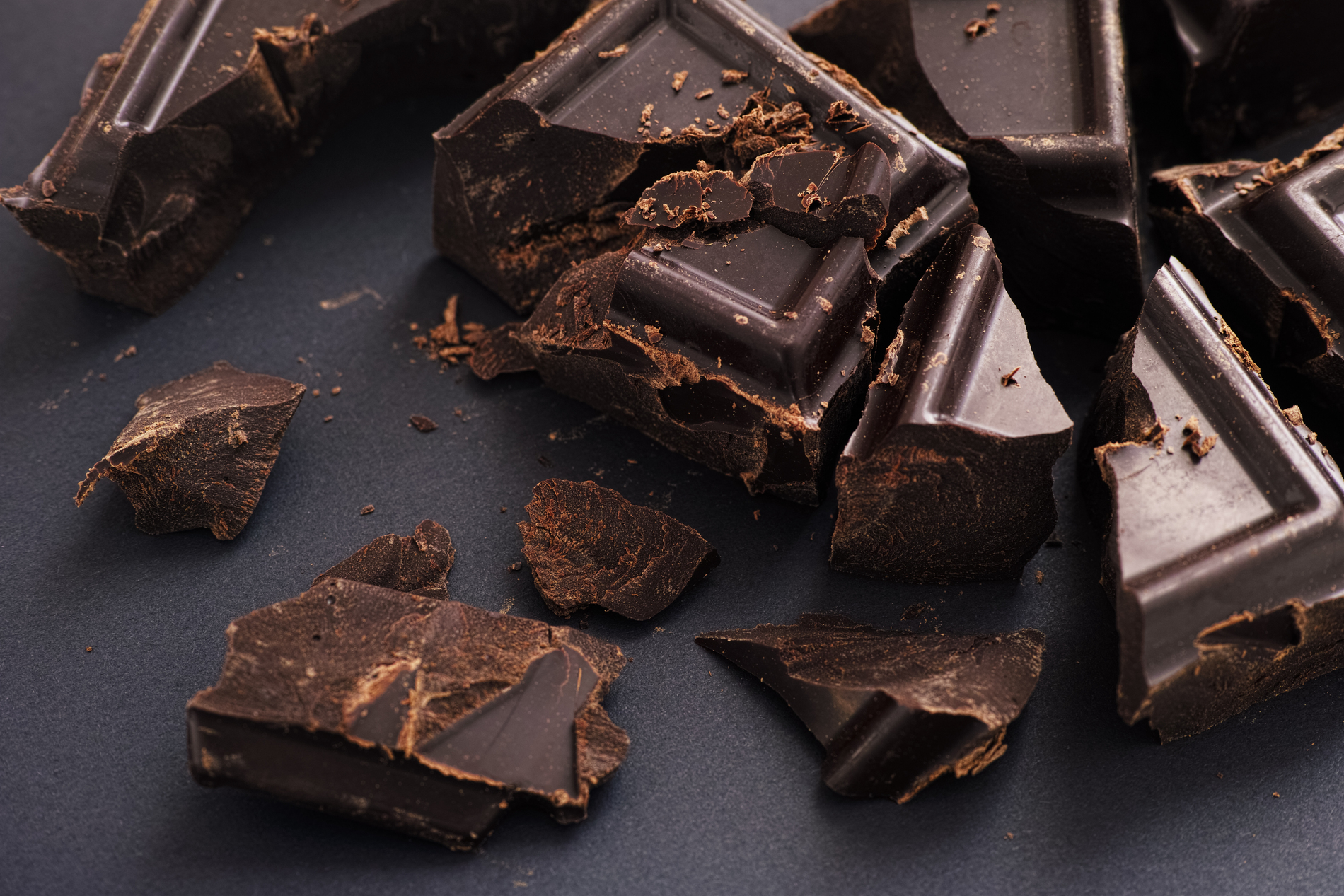
You don’t have to give in to sugary cravings just because you want chocolate. Selecting chocolate that contains at least 70% cacao offers you more health benefits and a richer flavor with less added sugar. Magnesium and flavonoids, which have anti-inflammatory and antioxidant qualities, are abundant in dark chocolate. For an even healthier choice, look for options with no added dairy and less than 5 grams of sugar per serving.
8. Nut Butter with Cacao Nibs Instead of Cookies
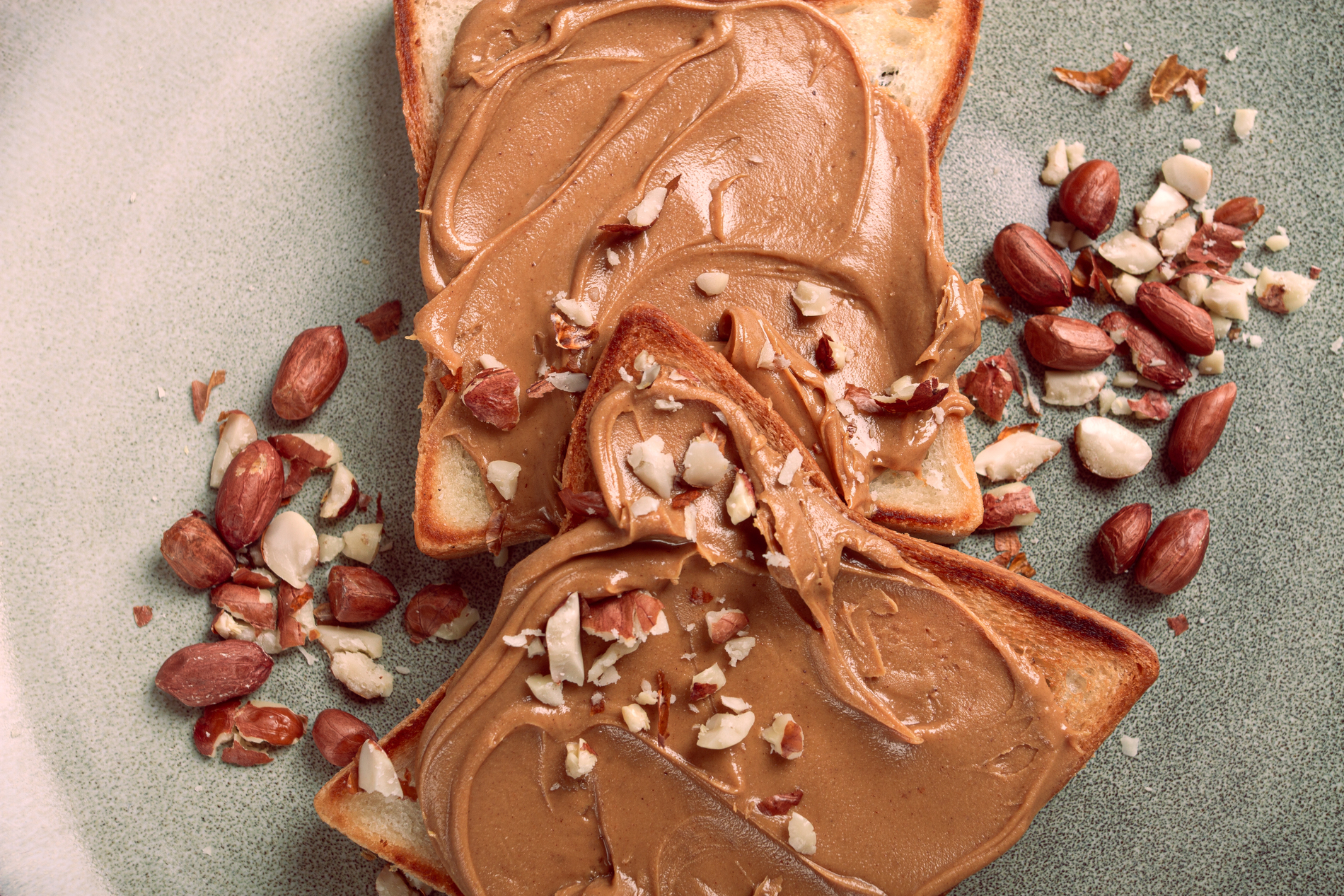
A spoonful of almond or peanut butter topped with cacao nibs and a pinch of sea salt is a common way for nutritionists to quell cravings for dessert. This blend provides protein and healthy fats that help control blood sugar levels while satisfying the sweet, salty, and crunchy craving. It’s an easy and efficient method to lessen reliance on processed snacks or sugary cookies.
9. Roasted Root Vegetables Over Fries
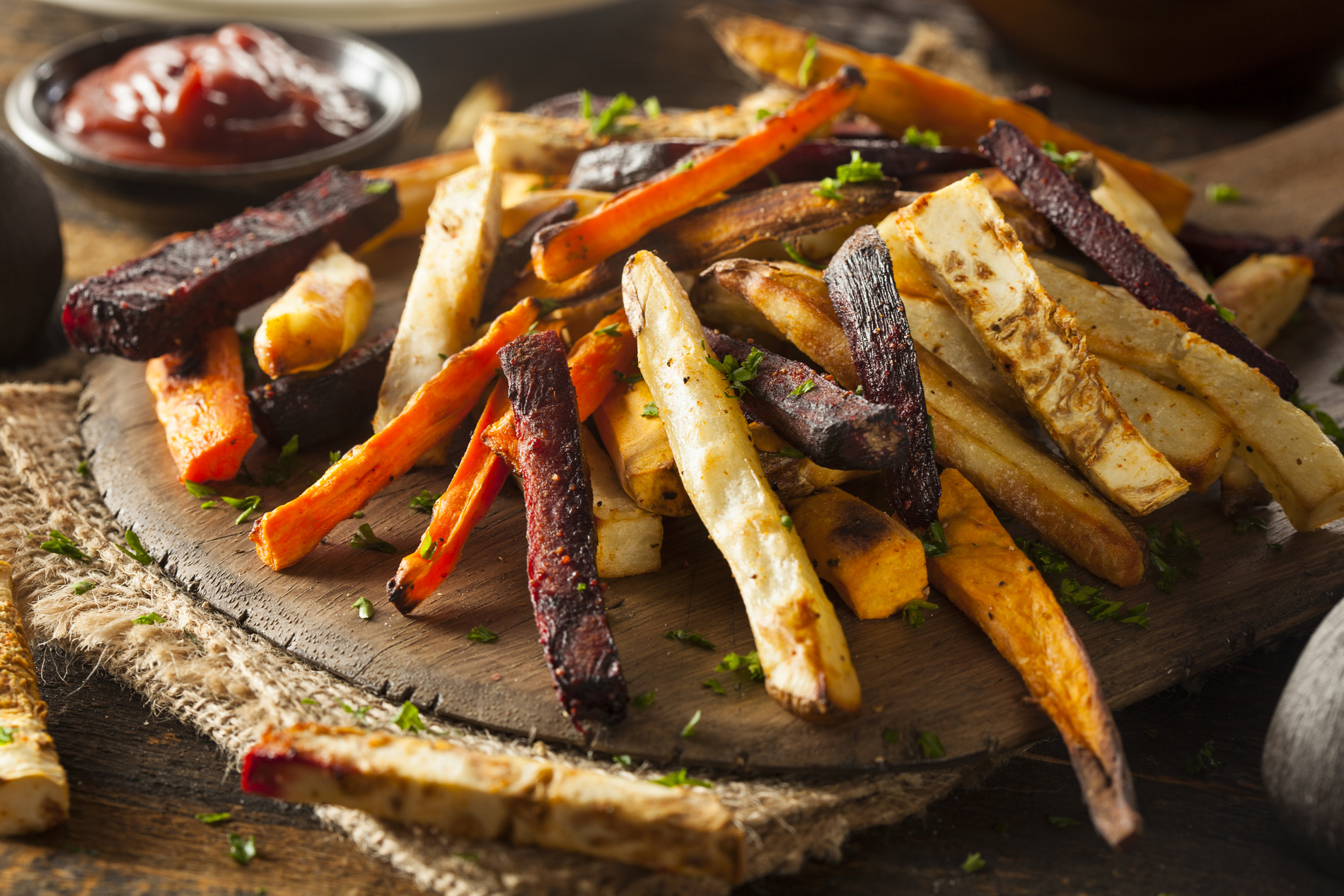
Roasting caramelizes the natural sugars in carrots, parsnips, and sweet potatoes, making them naturally sweet and crispy. You can make a savory-sweet side dish that is far higher in nutrients than fries or chips by tossing them in olive oil and sea salt and roasting them at 400°F for about 30 minutes.
10. Plain Greek Yogurt with Whole Fruit
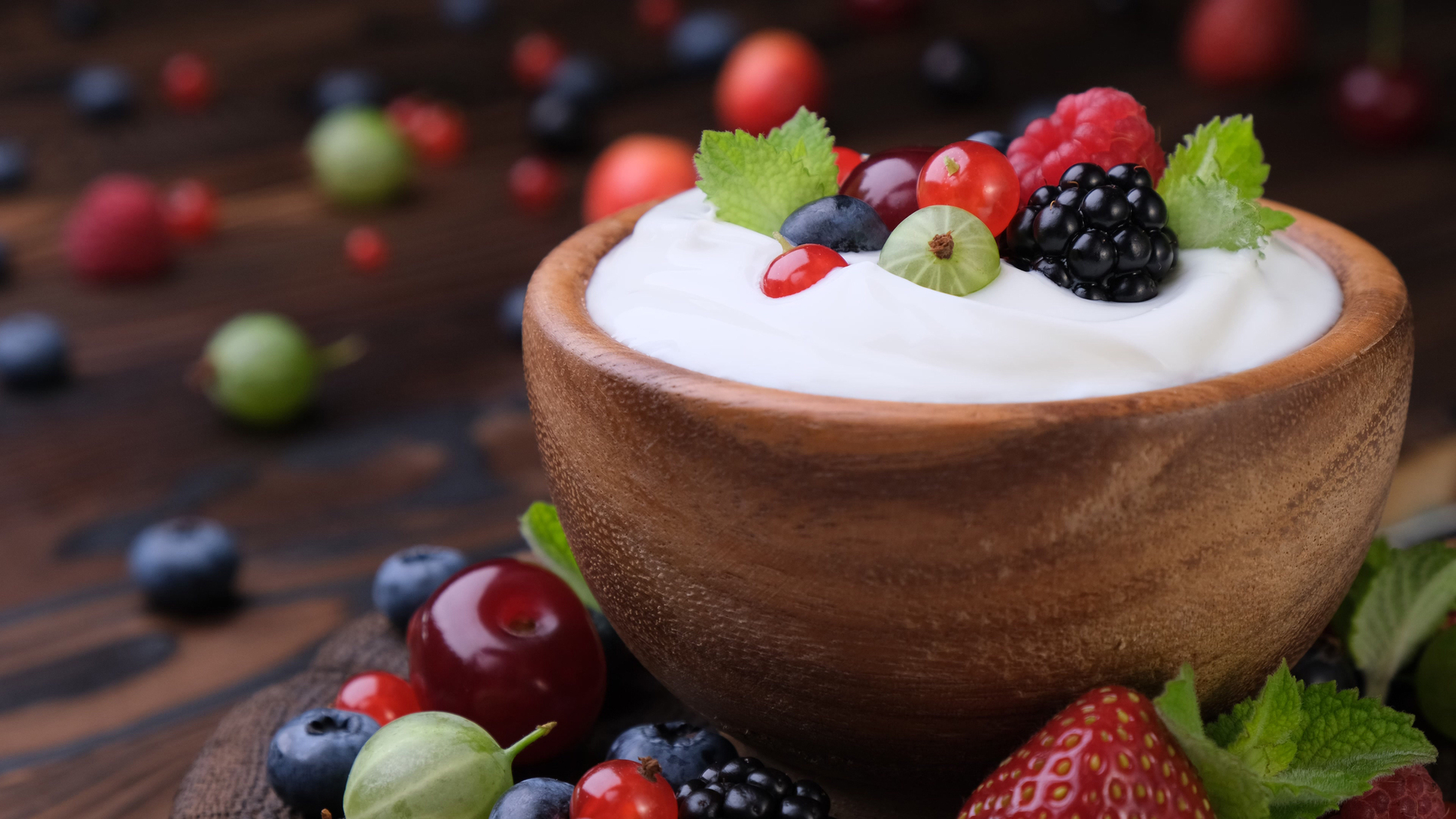
Compared to doughnuts, flavored yogurts may have higher sugar content. Rather, start with plain Greek yogurt and top it with your own cinnamon, chia seeds, or fresh berries. Each serving of plain Greek yogurt normally has 4 grams of natural sugar, while flavored varieties have 18 to 24 grams. This substitution drastically reduces sugar intake while maintaining the protein and probiotic benefits of yogurt.
11. Sweet Potato Toast Instead of White Bread
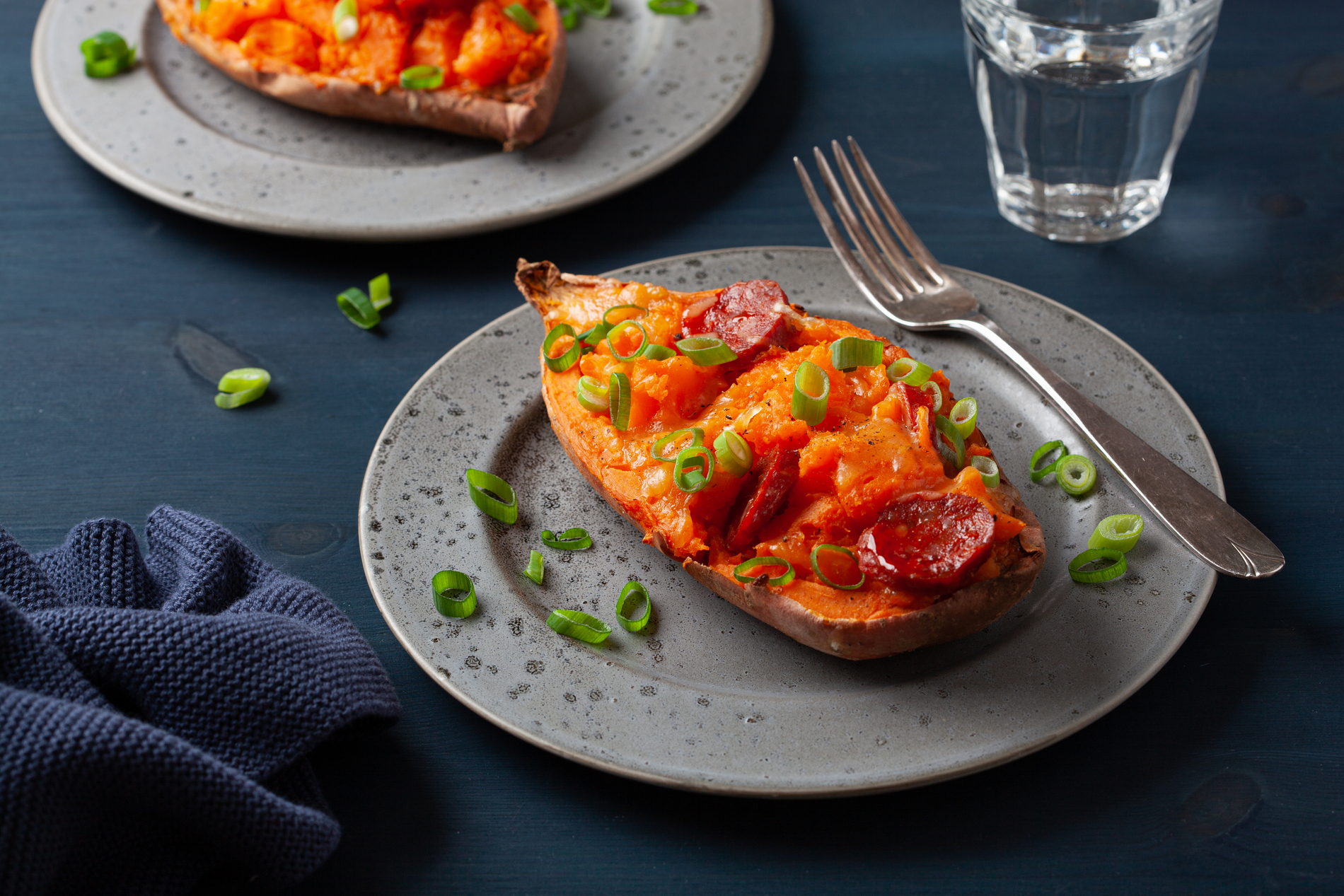
A nutrient-dense, low-glycemic substitute for toast is roasted sweet potato slices. They are high in complex carbohydrates, fiber, and vitamin A. Just roast thin slices and use them as a foundation for eggs, avocado, or nut butter. They can be made in bulk and kept in the freezer for convenient toasting at a later time.
12. Citrus Zest Instead of Sugar in Dressings and Marinades
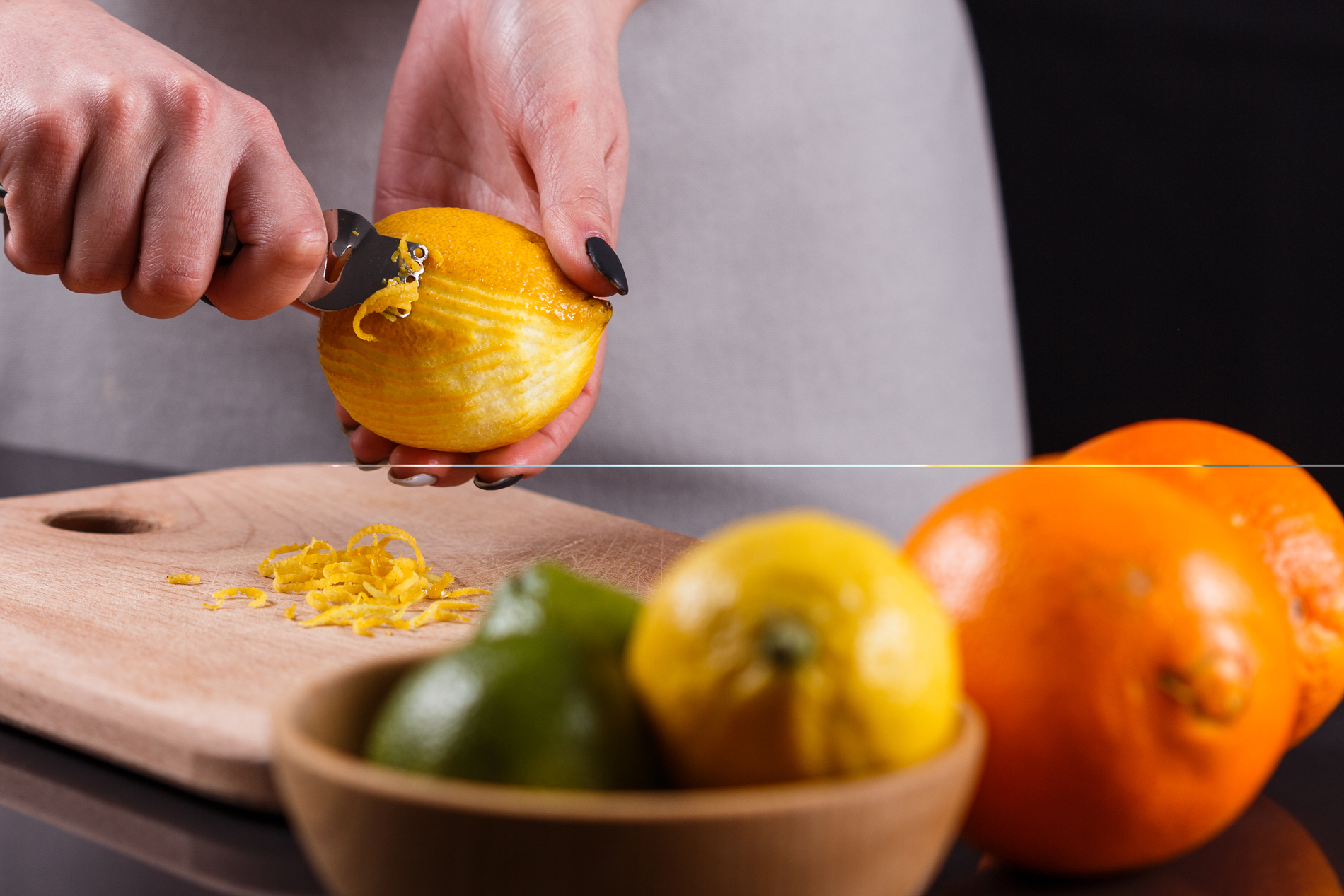
Without adding calories or sugar, citrus zest adds a vibrant, fragrant flavor. It works particularly well in marinades, yogurt dips, salad dressings, and even oatmeal. Avoid the bitter white pith underneath when zesting lemons, limes, or oranges with a microplane. Any dish can benefit from the depth and sweet scent that zest adds.
Cutting back on added sugar doesn’t have to feel constrictive. Real flavor and satisfaction are provided by these 12 nutritionist-approved substitutions, which also promote improved mood, energy balance, and metabolic health. The best part is that your taste buds will adjust—many people say that within 10 to 14 days of reducing added sugars, they notice an increase in the natural sweetness of whole foods. These sugar-free techniques make the journey both tasty and sustainable, whether your goal is to control blood sugar, increase energy, or just eat healthier.

